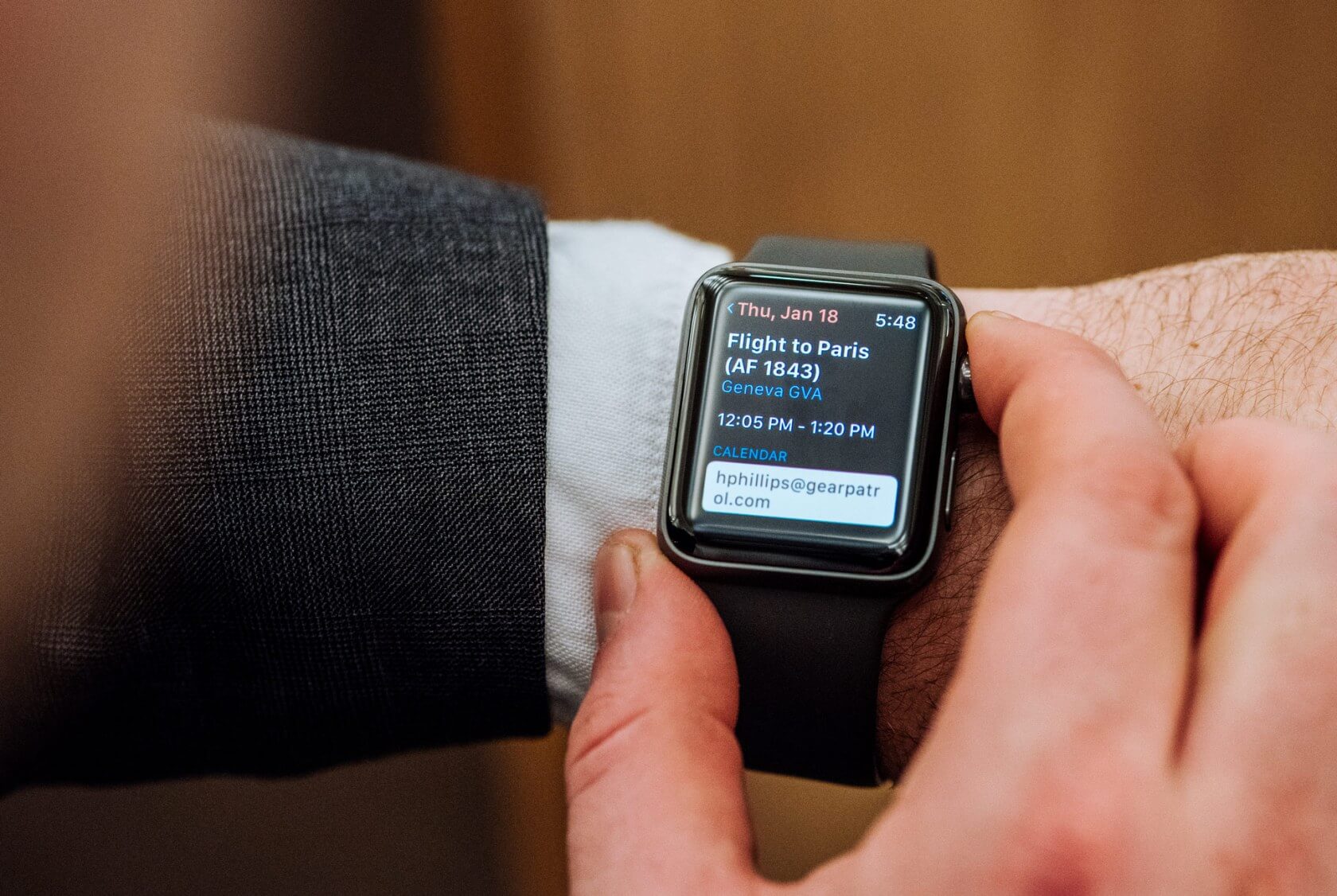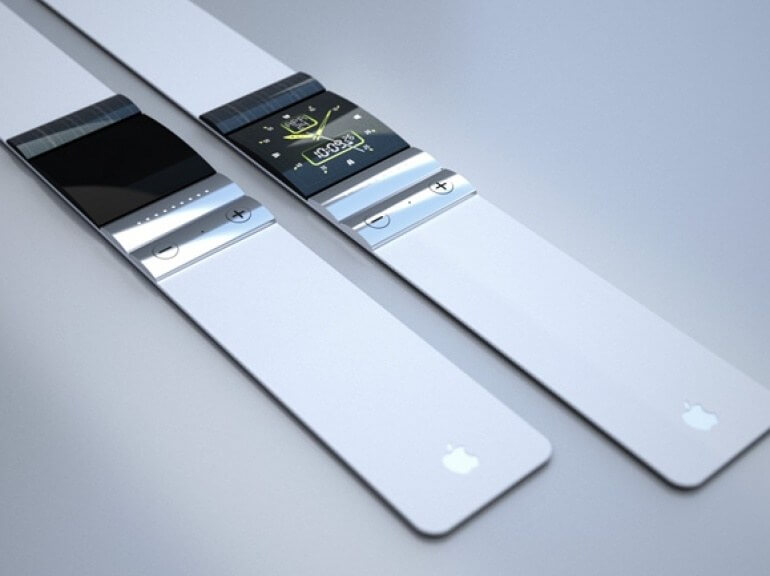Forward-looking: In Apple's quest to streamline its products, it has decided that physical buttons are not needed. The Apple Watch will soon switch to touch sensitive buttons that require no moving parts aside from the crown's rotation. However, eventually the crown will be eliminated as well.
Cupertino reportedly has plans to scrap the physical buttons on the Apple Watch in favor of solid-state sensors with haptic feedback. An anonymous insider told FastCompany that the new controls would remain on the side of the device where the current button and digital crown are located but will sense and react to touch rather than force while still providing the feel of a physical click using Apple's Taptic Engine. The crown button will still rotate so users can scroll through content or menu options.
The move to incorporate solid-state controls in the watch follows a trend with the company doing away with moving parts. Apple has already removed the home button on the iPhone. MacBook trackpads and iPod control wheels have also eliminated moving components.
Switching to solid state on the watch will help with making it more water resistant. Also, it will free up more space. According to the source, Apple intends to use this extra space for a larger battery.
Cupertino is also planning to make the sensors multi-functional. In addition to providing users with the same control functions, the new sensors will also work differently for various applications.
For instance, Apple or a third party could come up with an app that tracks or detects irregular heart rhythms. Some devices that do this, such as the AliveCor's KardiaMobile, require two points of contact. The Apple Watch could provide that with the two solid-state buttons eliminating the need for an external piece of hardware.
The insider said the new buttons could be announced with the upcoming version of the Apple Watch this fall, or with next year's iteration. Down the road, Cupertino would like to eliminate the crown as well. Instead, the sides of the watch would respond to touch, perhaps sliding the finger can replicate rotating the crown.

